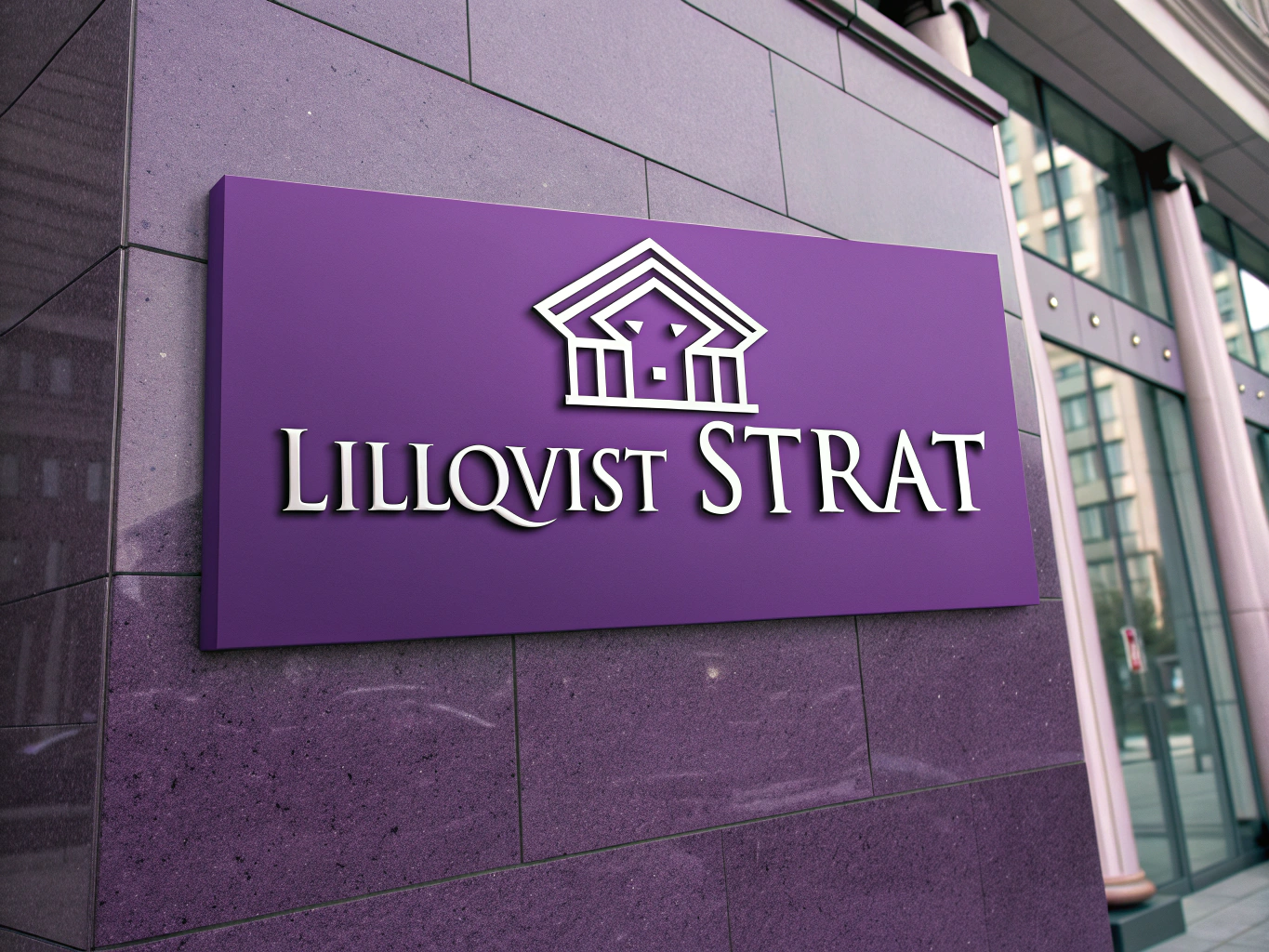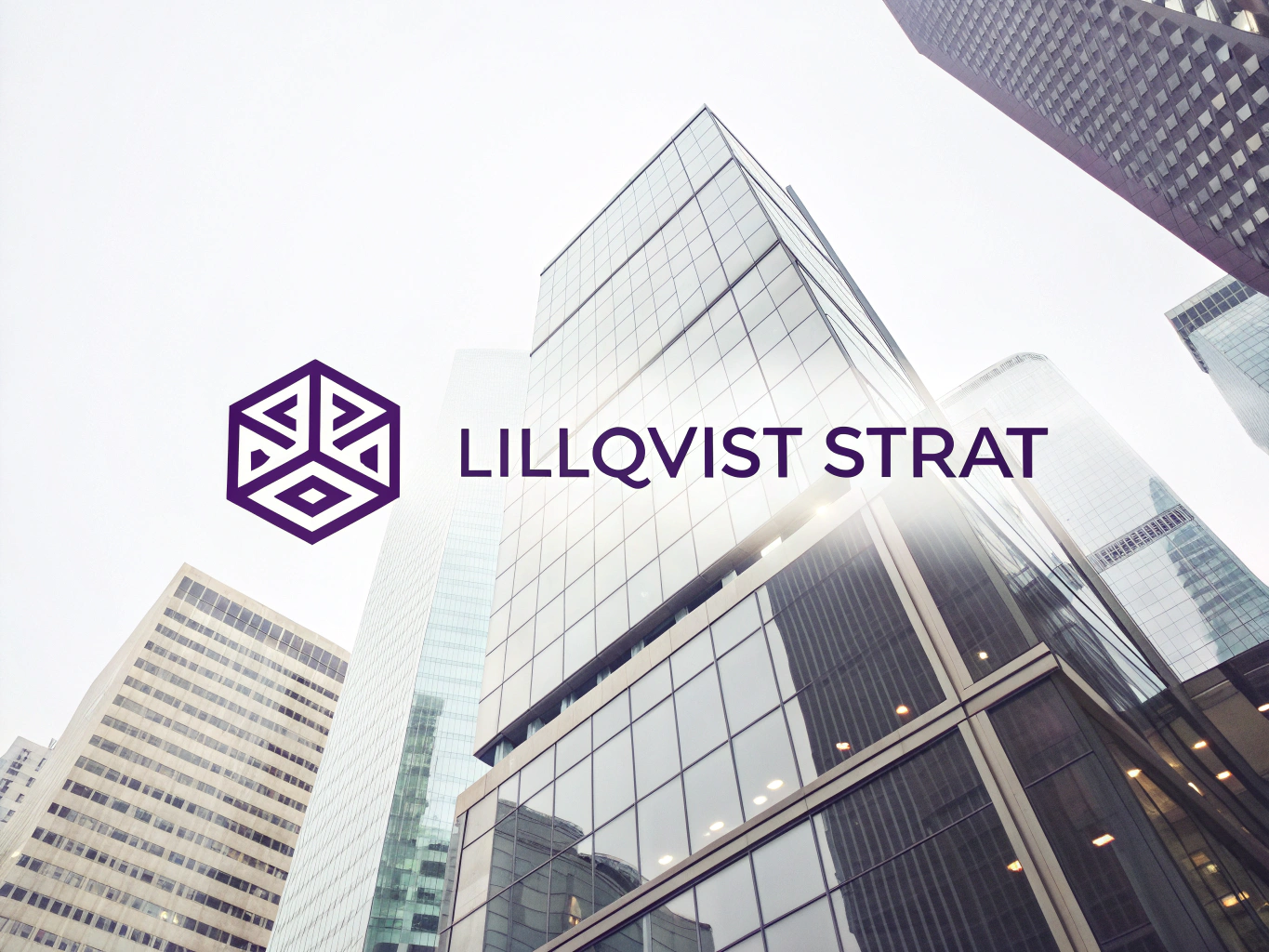Transforming Employee Training
In today’s fast-paced business world, training and development programs are critical for fostering a skilled workforce. However, traditional one-size-fits-all training methods often fail to account for the unique learning styles, speeds, and needs of individual employees. As a result, companies end up wasting valuable time and resources on generic training programs that don’t achieve optimal results. This is where AI-powered personalized learning and development can make a difference.
At Lillqvist Strat, we specialize in creating customized training solutions that are driven by artificial intelligence (AI). By leveraging the power of AI, we can help businesses optimize their training programs and provide a more tailored experience for each employee. Here’s how AI can be used to revolutionize your learning and development initiatives and save time while boosting employee engagement and productivity.
Personalized Learning Paths with AI
Every employee has their own learning preferences and speeds. Some may excel at hands-on learning, while others prefer reading or watching instructional videos. Traditional training programs often fail to cater to these individual preferences, resulting in disengaged employees and inefficient learning.
AI allows companies to create personalized learning paths for each employee based on their skills, learning history, and career goals. By analyzing an employee’s strengths and weaknesses, AI can automatically recommend courses, learning materials, and activities that are best suited to their learning style and pace.
For example, an employee who is struggling with a specific software tool could be directed to additional tutorials, exercises, or expert-led sessions on that topic, while another employee who excels in that area might receive advanced materials to further develop their expertise. This level of personalization ensures that employees receive the right training at the right time, maximizing the effectiveness of the program.
Example Code for Creating Personalized Learning Paths:
To illustrate this concept, let’s look at how AI might recommend personalized training content for employees using Python. Here, we will create a simple recommendation system based on employee skill levels and learning history.
import pandas as pd
from sklearn.neighbors import NearestNeighbors
# Sample data - employee skills and training courses
employee_data = {
'employee_id': [1, 2, 3, 4, 5],
'skill_level': ['beginner', 'intermediate', 'advanced', 'beginner', 'intermediate'],
'training_courses': ['Course A, Course B', 'Course C, Course D', 'Course E, Course F', 'Course G', 'Course D, Course E']
}
course_data = {
'course': ['Course A', 'Course B', 'Course C', 'Course D', 'Course E', 'Course F', 'Course G'],
'difficulty': ['beginner', 'beginner', 'intermediate', 'intermediate', 'advanced', 'advanced', 'beginner']
}
# Create dataframes
employees_df = pd.DataFrame(employee_data)
courses_df = pd.DataFrame(course_data)
# Simulate AI-based recommendation by matching employees' skill levels to course difficulty
def recommend_courses(employee_id):
employee = employees_df.loc[employees_df['employee_id'] == employee_id]
skill_level = employee['skill_level'].values[0]
recommended_courses = courses_df[courses_df['difficulty'] == skill_level]['course'].values
return recommended_courses
# Example: Recommend courses for employee 1
employee_id = 1
recommended_courses = recommend_courses(employee_id)
print(f"Recommended courses for Employee {employee_id}: {', '.join(recommended_courses)}")This simple system matches employees’ skill levels with the difficulty of available courses to create a tailored learning path. Employees who are beginners are recommended basic courses, while those with advanced skills receive more challenging content. While this is a basic example, the concept can be expanded with more complex data and machine learning models to offer dynamic, personalized recommendations over time.
Automated Training Schedules and Adaptive Learning
In addition to personalizing the content, AI can also automate training schedules and adjust them based on the employee’s learning progress. Employees learn at different rates, and AI can monitor their progress and adapt training schedules accordingly. If an employee is struggling to keep up, AI can slow down the pace, offering additional resources or extending deadlines. On the other hand, if an employee is progressing faster than expected, the system can speed up the training process, offering more advanced materials sooner.
This adaptive learning approach ensures that each employee is always working at the right level, preventing frustration from overwhelming content or boredom from content that’s too easy. Moreover, AI can schedule training sessions at optimal times, factoring in the employee’s workload, preferred learning times, and personal preferences.
Example Code for Adaptive Learning Schedules:
import time
# Simulate a simple adaptive learning system
def adaptive_learning_schedule(employee_id, progress):
if progress < 0.3:
schedule = "Offer additional resources and extend training schedule."
elif 0.3 <= progress < 0.7:
schedule = "Maintain current pace and provide feedback."
else:
schedule = "Accelerate training and offer advanced content."
print(f"Adaptive schedule for Employee {employee_id}: {schedule}")
# Example: Adaptive learning for employee 1
employee_id = 1
progress = 0.25 # Progress is 25% complete
adaptive_learning_schedule(employee_id, progress)This simple script dynamically adjusts the training schedule based on an employee’s progress, providing a tailored learning experience that can evolve with each individual’s performance.
Data-Driven Training Programs to Save Time
The most significant advantage of AI-powered learning is the ability to automate large portions of the training process. By utilizing data-driven insights, AI can continuously adjust training programs to ensure they’re as effective as possible. Data analytics can be used to track employee performance, identify areas where they need improvement, and suggest new learning modules.
AI also helps reduce the administrative burden by automating routine tasks such as scheduling training sessions, generating progress reports, and even assigning follow-up tasks. This saves time for HR departments and managers, allowing them to focus on more strategic activities.
Example Code for Monitoring Progress and Automation:
def monitor_employee_progress(employee_id, progress):
if progress < 0.5:
print(f"Employee {employee_id} is at {progress*100}% progress. Consider offering additional support.")
else:
print(f"Employee {employee_id} is making excellent progress at {progress*100}%. No action needed.")
# Simulate automated progress monitoring
monitor_employee_progress(employee_id=1, progress=0.35)This automated progress tracking ensures that employees are always on track and receive the support they need when necessary.
AI-Powered Learning for Future-Ready Businesses
AI-powered personalized learning and development programs offer a data-driven approach to employee training that significantly enhances productivity and engagement. By leveraging AI to create personalized learning paths, automate schedules, and optimize training programs, businesses can ensure that their employees are always equipped with the right skills at the right time.
At Lillqvist Strat, we help businesses implement AI-driven learning solutions that save time, improve training effectiveness, and maximize employee growth. While setting up such systems on your own can take time, our experience and expertise ensure that you’ll see faster results with tailored, effective learning programs that work. Let us help you build a future-ready workforce through AI-powered learning and development.

Lillqvist Strat consults on business developement, software projects, automation, SOPs, analytical tools and more.
Contact me today to get started on our journey to higher profits, more revenue and happier employees!
Go to Contact now



